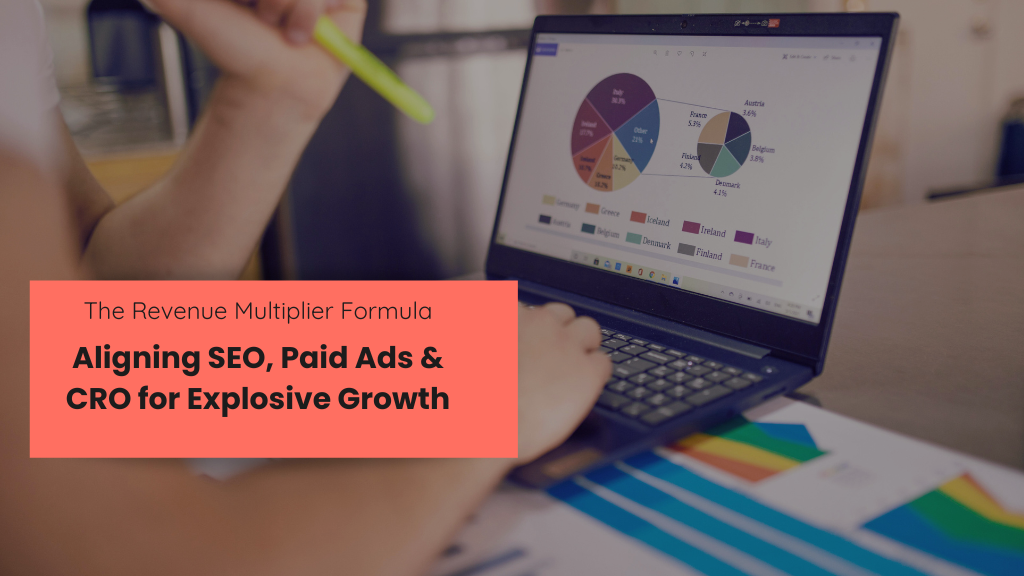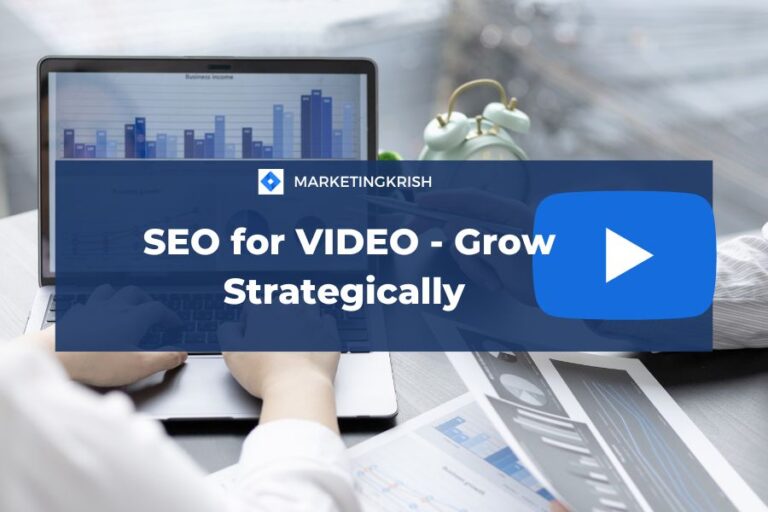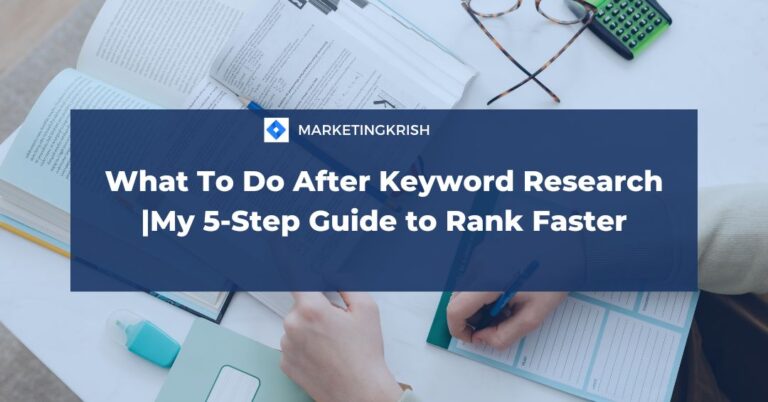The Revenue Multiplier Formula: Aligning SEO, Paid Ads & CRO for Explosive Growth
In digital marketing, everyone wants more revenue but not everyone knows how to create it efficiently. Most businesses focus on driving SEO traffic growth, running more paid campaigns, or endlessly tweaking their websites. The truth? None of these alone guarantee long-term profit or sustainable results.
The real key lies in alignment combining SEO, Paid Ads strategy, and CRO into one powerful, data-driven growth system. This approach not only boosts visibility but also enhances engagement and increases qualified leads.
This is what we call the Revenue Multiplier Formula. When these three pillars work together, they don’t just add up, they multiply your results.
Let’s break down how this formula works and how you can use it to grow faster, smarter, and more profitably.
1. Understanding the Revenue Multiplier Formula
The Revenue Multiplier Formula is simple in theory:
“Revenue = Traffic × Conversion Rate × Average Order Value”
SEO drives organic visibility and consistent traffic growth, paid ads accelerate targeted reach through optimized campaigns, and CRO refines conversion analytics to maximize every visitor’s potential.
When all three grow together, your revenue multiplies exponentially not gradually.
Think of it like this:
If your SEO brings 10,000 visitors, ads bring another 5,000, and CRO improves conversion from 2% to 3%, you’re not just getting more visitors, you’re generating 50% more sales and profit from the same traffic.
That’s the true power of synergy in a unified, data-driven growth strategy.
A great example of this compounding effect can be seen in our Scaling Organic Growth & Revenue in Healthcare case study, where data-driven SEO paired with precise CRO enhancements turned traffic spikes into a 180% increase in lead generation all without increasing ad spend.
2. SEO: Building a Strong Foundation for Traffic
SEO (Search Engine Optimization) is your long-term growth engine. It brings qualified, intent-driven visitors to your website people who are actively searching for what you offer. Effective SEO traffic growth isn’t just about ranking high on Google; it’s about attracting the kind of traffic that actually converts into leads and profit.
Here’s how to align SEO with your revenue goals and create data-driven growth:
- Focus on intent-based keywords. Instead of chasing high-volume terms, target those that reflect buyer intent for example, “best digital marketing software” instead of just “digital marketing.” This improves both visibility and conversion quality.
- Create high-value content. Publish guides, blogs, and optimized landing pages that educate your audience, strengthen engagement, and move visitors closer to purchase decisions.
- Optimize for conversions. Use conversion analytics to identify what drives actions. Add clear CTAs, testimonials, and relevant offers across your top-performing pages.
When SEO attracts the right audience, every other marketing effort performs better. Your paid ads strategy becomes more efficient, your campaigns convert faster, and your CRO gains stronger data to refine user experience.
This is exactly what we observed in the Innerwear Brand Organic Traffic Growth project. Initially, SEO alone brought traffic without sales. But once landing pages were restructured with CRO-backed CTAs and product-focused keyword optimization, conversions surged by over 60%, proving how integrated SEO drives real business results.
3. Paid Ads: Accelerating and Testing What Works
While SEO steadily builds organic visibility and traffic growth, paid ads act as the accelerator for your marketing engine. Platforms like Google, Meta, and LinkedIn allow you to reach a larger audience, generate high-quality leads, and scale fast. A strong paid ads strategy isn’t just about getting clicks it’s about extracting insights that drive data-driven growth.
Here’s how to make paid ads a key part of your Revenue Multiplier Formula:
- Use SEO data to guide ad campaigns. Take your top-performing organic keywords and apply them to paid campaigns. This ensures your message aligns with proven search intent and improves both visibility and ROI.
- Test messages quickly. Run multiple ad copies to identify which headlines, CTAs, and visuals deliver the highest engagement and click-through rates.
- Retarget with precision. Use paid ads to re-engage visitors who arrived via SEO traffic growth but didn’t convert the first time. Retargeting helps nurture warm audiences and boosts overall profit margins.
Paid ads are your fastest testing ground, a live lab for conversion analytics. The insights gained from ad performance reveal what resonates most with users. Feeding these learnings back into your SEO and CRO strategies creates a powerful feedback loop for consistent and scalable data-driven growth.
A practical showcase of this approach is seen in our Beauty & Skincare Organic Revenue Growth campaign. Using paid ad A/B testing, we identified emotion-led messaging that outperformed product-focused creatives by 3x. When these insights were implemented into SEO and CRO strategies, conversions rose by 150%, proving how paid data fuels full-funnel growth.
4. CRO: Turning Clicks into Conversions
CRO (Conversion Rate Optimization) is often the most overlooked yet the most powerful component of the Revenue Multiplier Formula. While SEO and paid ads drive visitors to your site, CRO ensures that traffic translates into meaningful engagement, qualified leads, and measurable profit.
A strong CRO framework transforms visitor interest into action whether that’s signing up for a demo, making a purchase, or submitting an inquiry. It’s where data-driven growth becomes tangible.
Here’s how to strengthen your CRO strategy:
- Study user behavior. Use heatmaps, session recordings, and conversion analytics to identify where users drop off or lose interest. These insights reveal friction points that directly impact visibility and performance.
- Simplify your pages. A clutter-free layout with clear CTAs and persuasive content enhances user engagement and boosts conversion rates.
- Test constantly. Regular A/B testing from CTA placement and color to page copy and layout helps you identify winning combinations that maximize profit and accelerate seo traffic growth.
Even a 1% increase in conversions can translate to significant revenue when aligned with a strong paid ads strategy and optimized SEO funnel.
5. How It All Works Together
Here’s how the Revenue Multiplier Formula compounds results when all three pillars work in sync:
- SEO attracts 10,000 qualified visitors each month.
- Paid Ads Campaigns contribute an additional 5,000 targeted visitors.
- CRO optimization improves conversion rate from 2% to 3%.
Before optimization: 15,000 visitors × 2% = 300 sales
After optimization: 15,000 visitors × 3% = 450 sales
That’s 150 extra sales per month achieved without increasing ad spend or content volume. This compounding effect is the essence of data-driven growth where every channel fuels the next for sustainable profit and long-term success.
6. The Data Loop: Where Growth Becomes Predictable
The true beauty of this approach lies in how data from one channel strengthens the others, creating a continuous cycle of data-driven growth.
- SEO data helps identify high-performing keywords and audience behavior patterns that can refine your paid ads strategy.
- Ad performance data reveals which messages and creatives drive higher engagement and conversions, allowing you to optimize SEO content for better visibility and leads.
- CRO insights highlight how users interact with your pages offering valuable conversion analytics to fine-tune both your SEO and ad campaigns.
When these insights flow across all three pillars, you create a self-improving loop where every update compounds results. Each click, impression, and interaction feeds the next, fueling sustained seo traffic growth and long-term profit.
7. Why Most Businesses Fail to Use the Formula
Many brands still treat SEO, Paid Ads, and CRO as isolated departments each focused on its own KPIs. That’s where growth stalls.
When these teams operate separately, data silos form, insights are lost, and performance plateaus.
But when unified under a single objective “increase total conversions” every channel becomes part of a synchronized system. SEO drives qualified traffic, ads amplify what works, and CRO ensures higher returns.
With this integrated mindset, you stop wasting money testing random ideas. Every decision becomes backed by insight, every campaign becomes smarter, and every action compounds toward measurable profit and sustainable growth.
8. Final Thoughts
The Revenue Multiplier Formula isn’t about doing more — it’s about doing smarter.
When SEO, Paid Ads, and CRO align, your marketing turns from a collection of disconnected efforts into a predictable, scalable profit system.
SEO attracts.
Ads amplify.
CRO converts.
And together, they don’t just grow, they multiply your revenue.
Key Takeaway:The future of digital growth belongs to brands that align, measure, and optimize across every channel, turning clicks into customers and data into decisions.
FAQs
- What does aligning SEO, Ads, and CRO actually mean?
It means making your marketing channels work toward one data-driven growth goal instead of separately. Your SEO builds visibility and organic reach, paid ads strategy amplifies your top offers, and CRO ensures those visitors convert. Together, they create a performance loop that multiplies leads and profit consistently.
- Why do most businesses struggle to scale even with good traffic?
Because they chase seo traffic growth instead of focusing on conversions. You can attract thousands of visitors, but if your website doesn’t convert, the effort doesn’t translate into revenue. True success comes from optimizing engagement and conversion flow, not just traffic numbers.
- How can ad performance data improve my SEO strategy?
Your paid ads strategy offers quick insights into what messaging, keywords, and CTAs resonate best. By applying those learnings to SEO pages, you can improve conversion analytics, rewrite meta titles with high-performing keywords, and strengthen your overall visibility in search results.
- Is CRO only about changing buttons and colors?
Not at all. CRO focuses on understanding user intent and engagement through data-driven growth. It involves refining your content hierarchy, improving navigation, and testing CTAs so visitors naturally move toward conversion. Design tweaks are only impactful when guided by analytics.
- How does the Revenue Multiplier Formula help reduce marketing costs?
By aligning SEO, ads, and CRO, you eliminate wasted spend on campaigns that don’t perform. SEO insights strengthen ad targeting, and CRO ensures you get more conversions from the same visitors. This boosts ROI, lowers acquisition costs, and maximizes profit without increasing ad spend.
- Can this approach work for service-based or B2B companies?
Absolutely. Whether you’re in eCommerce or B2B, this integrated model enhances leads, engagement, and revenue. It helps attract qualified visitors, nurture them with relevant messaging, and convert them efficiently driving predictable data-driven growth across any industry.
- How long does it take to see results from this integrated approach?
While SEO builds momentum gradually, combining it with paid ads strategy and CRO accelerates performance. Most businesses begin to see improved conversion analytics, stronger engagement, and better-quality leads within 60–90 days of alignment.
- What’s the biggest mistake brands make when trying to grow digitally?
They treat marketing as disconnected tasks running campaigns, publishing blogs, and tweaking pages independently. The real growth happens when every channel shares data and insights, creating a cohesive data-driven growth system that builds long-term visibility, leads, and profit.







